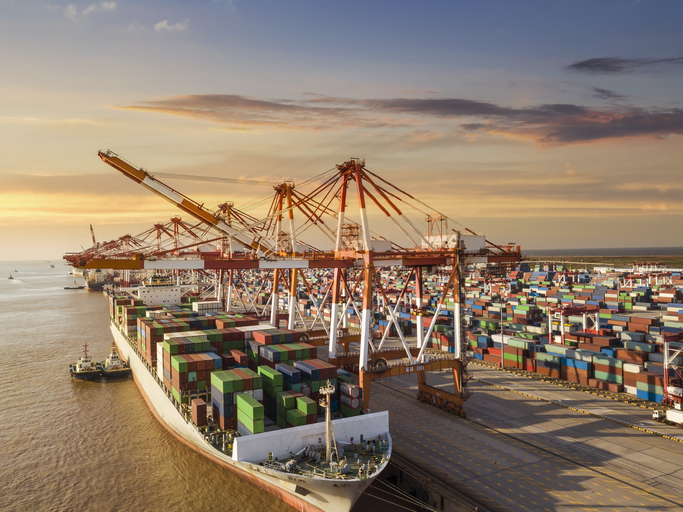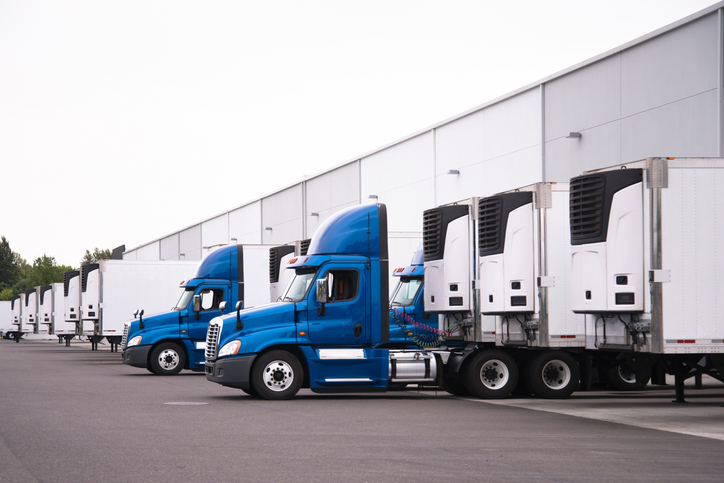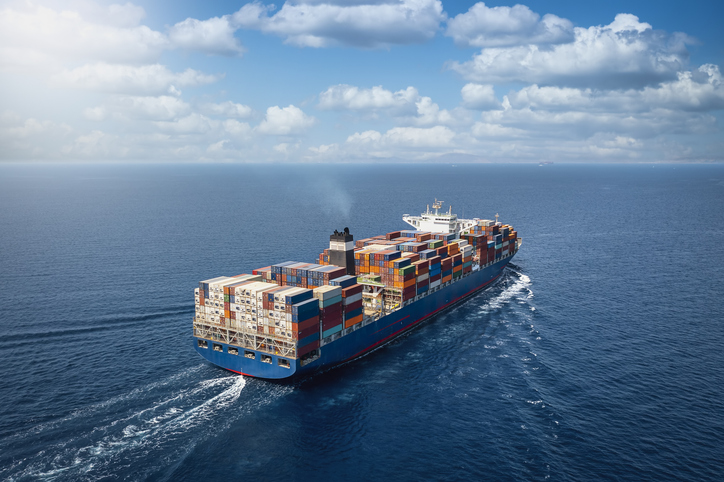
The Weekly Roar
In this week’s Roar: Container shortages in China, a soft U.S. truck market, the new tribunal for the Law of the Sea, the EU is embracing nearshoring, and key logistics trends for 2024.
 Strong market demand and reduced vessel capacity due to the Red Sea crisis are resulting in container shortages at many Chinese ports. Forwarders are reporting an ongoing scramble for containers, with many carriers facing delays and equipment shortages. Waiting times at ports have gone up to 3 to 14 days, and some shipping companies are recommending that their customers book space well in advance if they want to avoid these delays.
Strong market demand and reduced vessel capacity due to the Red Sea crisis are resulting in container shortages at many Chinese ports. Forwarders are reporting an ongoing scramble for containers, with many carriers facing delays and equipment shortages. Waiting times at ports have gone up to 3 to 14 days, and some shipping companies are recommending that their customers book space well in advance if they want to avoid these delays.
In April, the American Trucking Associations (ATA) For-Hire Truck Tonnage Index reported a 1.5% year-over-year decline, making it the 14th consecutive month of decreases. The index fell to 111.7, which is down from 113.1 in March, proof of the ongoing softness in the truck freight market. The ATA Chief also noted a decline in seasonally adjusted volumes, suggesting that the lack of a rebound could lead to further capacity reductions.
The International Tribunal for the Law of the Sea, established in 1982 by the United Nations, has ruled that countries are legally obligated to protect oceans from climate change-induced pollution. The decision was prompted by small island nations like Tuvalu, Antigua, and Barbuda, who are bearing the brunt of climate change, and emphasizes the duty countries have to enforce laws that will mitigate marine pollution from greenhouse gas emissions. Although the ruling isn’t binding, it supports ongoing global efforts to hold countries accountable for environmental protection, particularly for vulnerable island nations that are facing the threat of rising seas.
EU companies are increasingly sourcing from nearby suppliers, a trend that’s driven by a desire to avoid economic uncertainty and tariffs while taking advantage of technological advancements and building resilience in their supply chains. With global market volatility and disruptions from the pandemic, many are looking at shorter supply chains and reduced dependency on distant suppliers. And while nearshoring within the EU does help mitigate some risks, there are challenges such as finding reliable local partners and dealing with complex EU regulations.
The key trends in logistics for 2024 reveal an emphasis on digital advancements, such as data-driven visibility, automation, and AI, all driven by the need to improve efficiency and meet ever-increasing e-commerce demands. Specifically, companies are using data analytics to track shipments and predict disruptions, with 54% of leaders saying they’re looking to technology to help automate tasks and improve productivity. They’re also using AI to automate tasks and optimize routes, and finally, generative AI is being used in both decision-making and problem-solving.
For the rest of the week’s top shipping news, check out the article highlights below.









